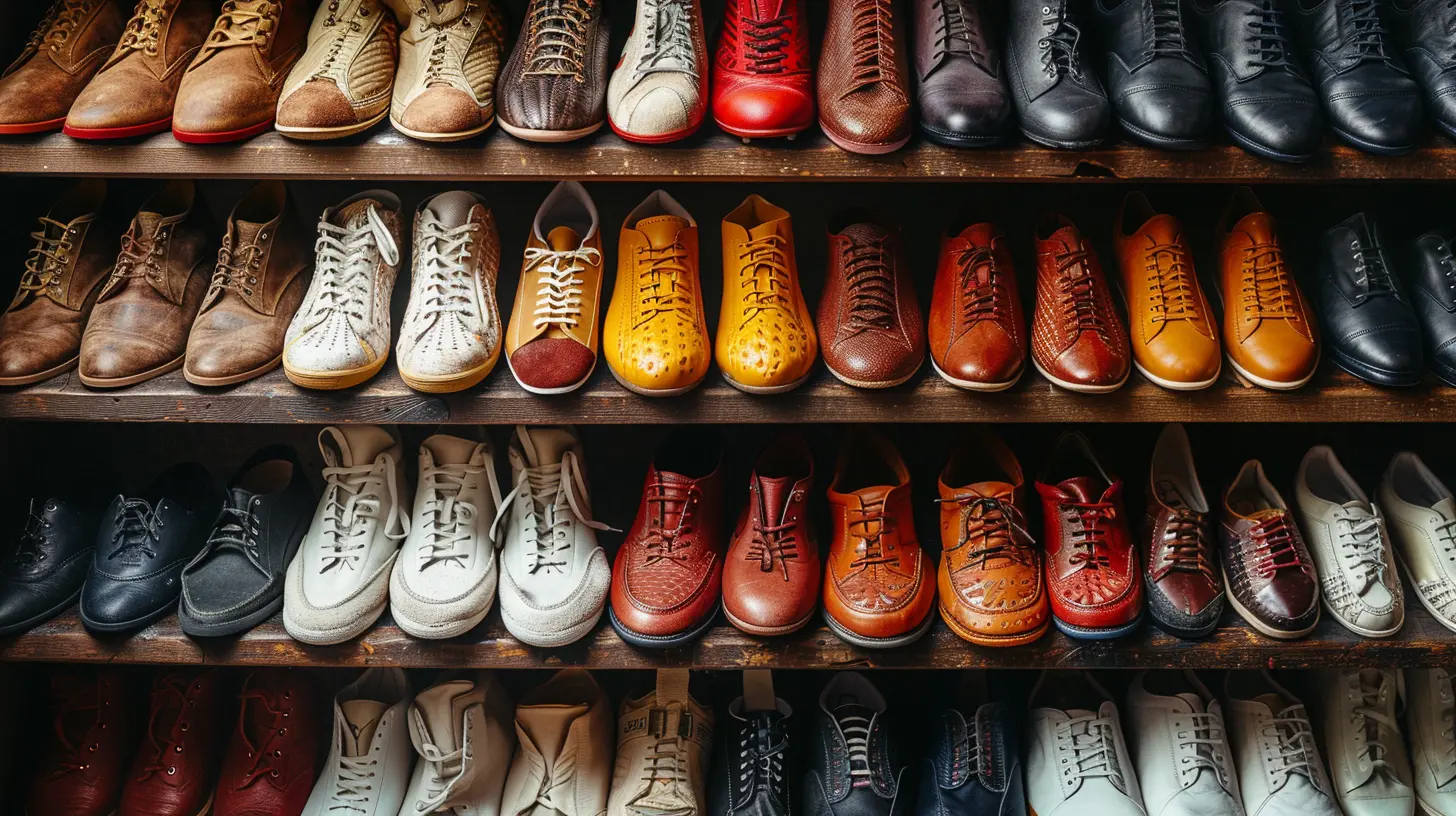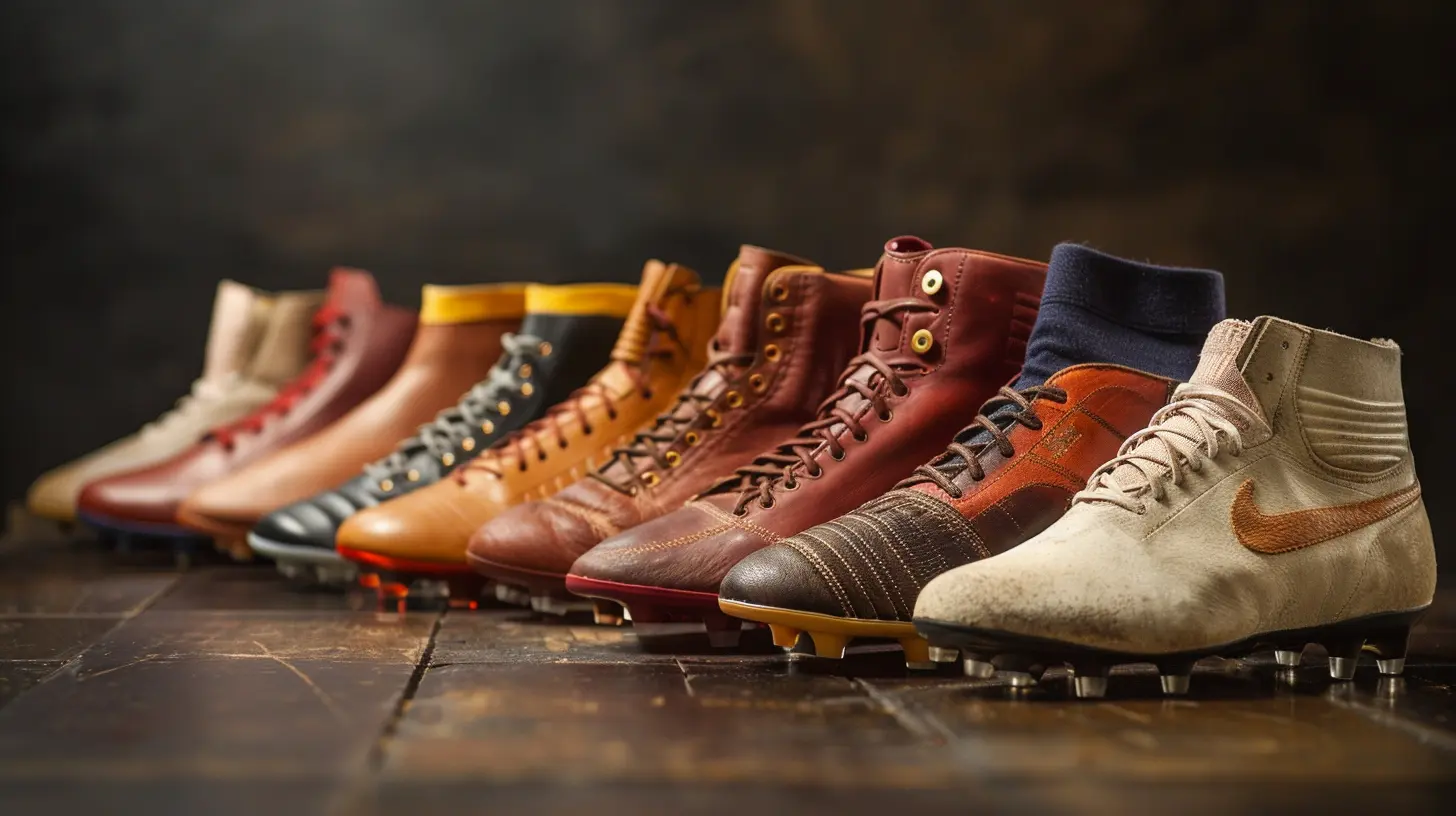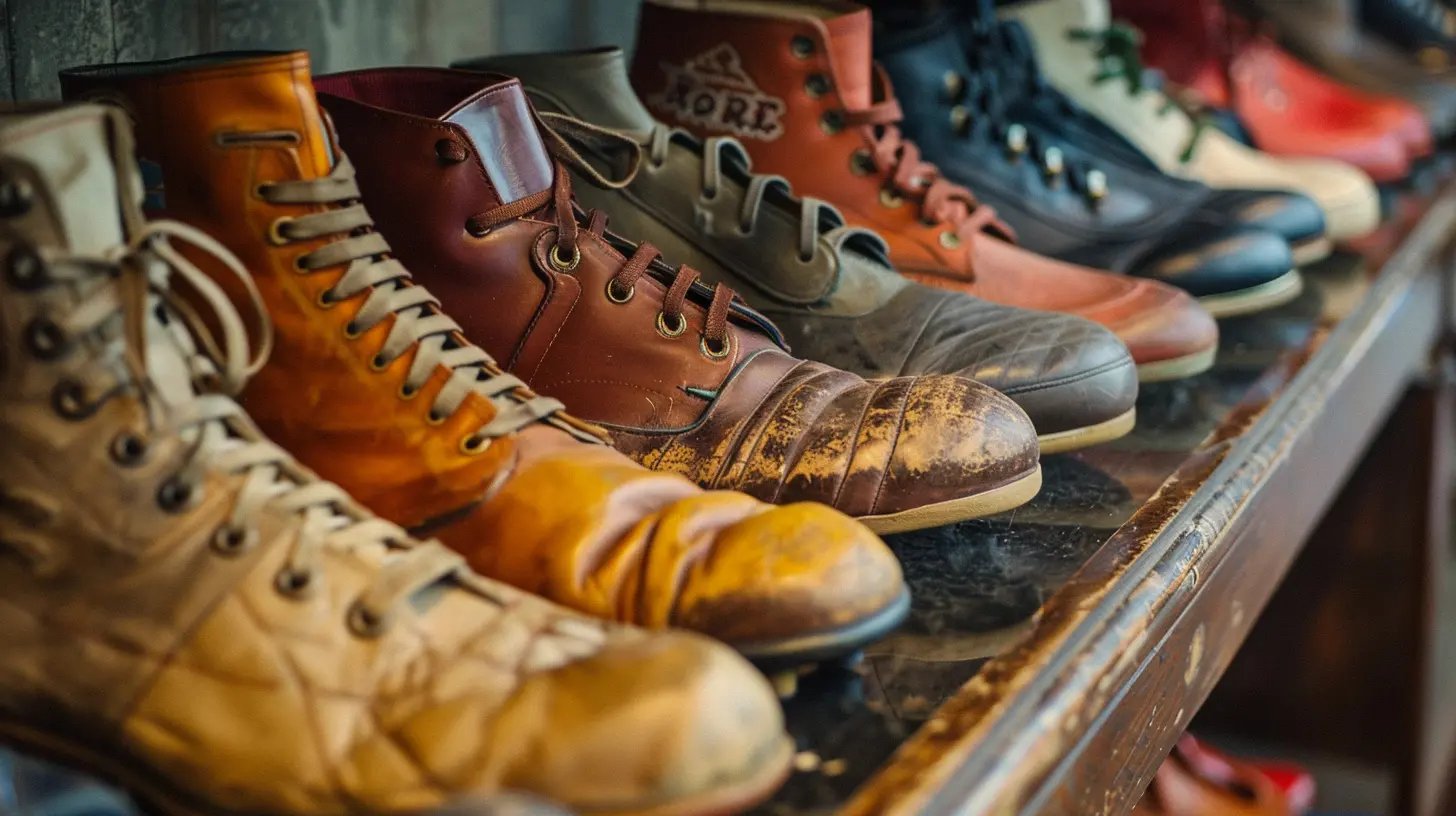The Evolution of Soccer Boots: From Leather Classics to Modern Tech
8 November 2025
Soccer, the beautiful game, has changed in countless ways over the years. From tactical revolutions to technological breakthroughs, the sport has never stopped evolving. But if there's one thing that has dramatically transformed the way the game is played, it's the soccer boot.
From the early days of heavy leather to today’s sleek, high-tech masterpieces, soccer boots have undergone an incredible journey. So, lace up your kicks, and let’s take a deep dive into the history, innovation, and future of these essential tools of the trade. 
The Humble Beginnings: Leather Boots of the 19th Century
Picture this: It’s the late 1800s, and soccer is still in its infancy. Players aren’t wearing lightweight cleats with cutting-edge engineering. Nope. They're running around in work boots—yes, actual work boots—made of thick, rigid leather.These boots were built for durability, not agility. With steel-toe reinforcements and nails hammered into the soles for grip, they were more suited for a construction site than a soccer field. Players didn’t dribble with finesse; they bulldozed through opponents like warriors in battle.
The weight? A staggering 500 grams when dry and nearly double that when soaked in mud and rain. Imagine trying to pull off a finesse shot with what felt like bricks strapped to your feet!
But this was the beginning. And as the sport grew, so did the need for something better. 
The 1950s: The Birth of the Modern Soccer Boot
The tide began to turn in the mid-20th century. The rigid, ankle-high boots of old were replaced by lower-cut designs, allowing for better movement and ball control.One key innovation? Replaceable studs. In the 1950s, Adidas changed the game by introducing boots with interchangeable studs, allowing players to adapt to different pitch conditions. No longer did they have to suffer through slippery fields with the wrong footwear. This was a revolution—the first step toward the performance-based soccer boots we know today.
Imagine the possibilities this unlocked! Players could now focus on agility, speed, and technical ability without being weighed down by clunky footwear. The game became smoother, faster, and more skill-driven. 
The 1970s-1980s: The Rise of Iconic Brands
By the 70s and 80s, certain brands had cemented themselves into soccer folklore. Adidas, Puma, and later Nike began crafting boots that prioritized not just durability but also comfort, control, and, most importantly, style.Boots became sleeker and lighter, with kangaroo leather emerging as the premium material of choice. It was soft, flexible, and provided an unmatched feel for the ball—something that players craved.
And then came the legends. The Adidas Copa Mundial, released in 1979, became the boot of choice for many professionals. It was simple, elegant, and built to last. Even today, some purists swear by it.
But soccer wasn’t just about tradition anymore. Speed, flair, and personality were creeping into the game, and the boots had to evolve alongside the players. 
The 1990s: The Predator Revolution
Enter the 90s—a decade of boldness, innovation, and a boot that changed everything: the Adidas Predator.Designed by former footballer Craig Johnston, the Predator introduced rubber ridges on the upper, allowing for extra power, swerve, and control when striking the ball. It was like giving players superpowers—suddenly, free kicks bent with more curve, passes had more zip, and shots packed an extra punch.
This wasn’t just about aesthetics; it was about performance. Players like David Beckham and Zinedine Zidane laced up in Predators, making them the most sought-after boots of the generation.
Nike, not to be outdone, launched the Mercurial series in 1998, designed for speed demons like Ronaldo (the Brazilian phenomenon, not CR7). Made with synthetic materials, these boots were lighter than anything before, setting the stage for the fast-paced, high-intensity game we see today.
The 2000s: Lighter, Faster, Stronger
As the new millennium rolled in, soccer boots got even more advanced. The focus shifted to lightweight materials, with brands battling to create the fastest boot possible.Carbon fiber plates, microfiber uppers, and meticulous engineering resulted in boots that were featherlight but still durable. Players weren’t just playing soccer anymore; they were flying across the pitch.
Nike’s Mercurial Vapor series became synonymous with speed, while Adidas continued innovating with the F50 line, offering customizable features tailored to different playing styles.
This era also saw the rise of signature boots. Players like Cristiano Ronaldo, Lionel Messi, and Ronaldinho had their own custom-designed boots, adding a new level of marketing and personality to the game.
The 2010s: Tech Takes Over
The 2010s took innovation to an entirely new level. Soccer boots weren’t just about materials anymore; they were infused with technology designed to enhance performance.Flyknit uppers, laceless designs, and even embedded data-tracking chips became common. Brands like Adidas and Nike pushed the boundaries with knitted uppers that provided a sock-like fit, giving players more control and comfort than ever before.
Meanwhile, Puma made waves with their evoPOWER boots, designed to mimic barefoot kicking for maximum power and precision.
At this point, soccer boots weren’t just equipment. They were engineered masterpieces, optimized for every aspect of a player’s game.
The 2020s and Beyond: The Future of Soccer Boots
So, where do we go from here? The evolution never stops, and the boots of the future promise to be even more cutting-edge.We’re already seeing smart boots that analyze movement, AI-driven designs that adapt to individual playing styles, and eco-friendly materials crafted from recycled plastics. Sustainability is becoming a major focus, with brands pushing for boots that are both high-performance and environmentally friendly.
Who knows—maybe in a few years, we’ll have self-lacing boots or cleats that adjust their grip mid-game based on pitch conditions. The possibilities are endless.
But no matter how futuristic soccer boots become, one thing remains unchanged: they’ll always be an extension of the player. Whether it’s a classic leather Copa Mundial or a high-tech, carbon-fiber speed machine, the right boot can make all the difference.
Final Thoughts
From the clunky leather work boots of the 1800s to today’s ultra-light, technologically advanced cleats, soccer boots have come a long way. They’ve evolved alongside the game, allowing players to push the limits of speed, skill, and precision.And as long as soccer exists, the evolution won’t stop. Who knows what the next decade holds? One thing’s for sure—it’ll be exciting to watch (and wear).
So, the next time you lace up your boots, take a moment to appreciate just how far they’ve come. After all, they’re not just shoes—they’re a piece of football history.
all images in this post were generated using AI tools
Category:
SoccerAuthor:

Everett Davis
Discussion
rate this article
1 comments
Niko Gilbert
Ah, yes, because clearly, soccer is all about the boots, not the skills!
November 12, 2025 at 4:00 AM

Everett Davis
While skills are vital, the evolution of soccer boots plays a crucial role in enhancing performance and player comfort on the field.


